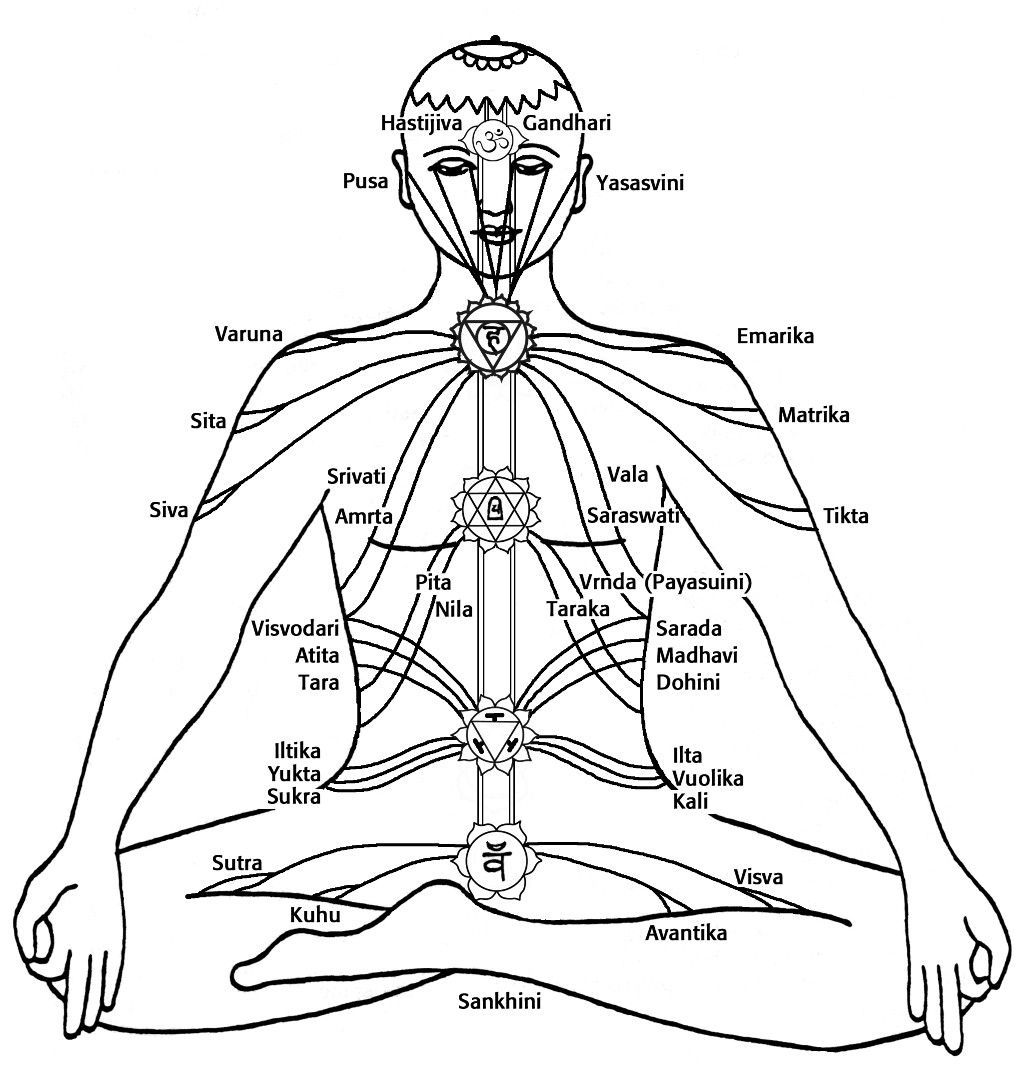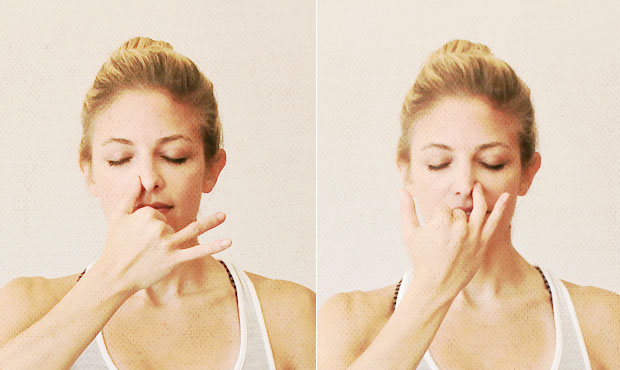Today you’ll learn how to cultivate inner peace, just like the great yogis and sages have practiced for millennia.
The best part?
You can do this anywhere – all it takes is a few minutes.
A quick intro to yogic breathing (Pranayama)
It’s been said that if you can control your breath, you control your life.
In India, gurus have known this for thousands of years. Breathing techniques appear in many of the oldest texts on spirituality and yoga.
The ancient sage Patanjali formalized yogic breathing techniques as “pranayama” in the Yoga Sutras, an influential text that laid the groundwork for a system of yogic practices.
In Sanskrit, prana roughly translates to “life force” or “energy”, while ayama has several interpretations, including “expansion” and “control”.
According to Patanjali, without mastering the breath (or pranayama), it would be impossible for a devoted yogi to achieve spiritual liberation.
Now, in today’s world, your goal might not necessarily be spiritual liberation.
BUT…
We can all benefit from fine-tuning our spirit, mind, and emotions.
Let’s take a few cues from ancient wisdom and modern research, so that we might find a bit more calm in our stressful lives.

1) Natural Breathing
If you’re new to pranayama, this is a perfect place to start, because you’re doing it right now.
All you need to do is pay closer attention.
Natural breathing, practiced with mindfulness and intention, is a great way to bring more awareness to the process of breathing.
For good reason, this is the first pranayama technique introduced in the landmark book “Asana Pranayama Mudra Bandha” by Swami Satyananda Saraswati (a staple of many formal yoga curricula.)
Try it yourself:
- Sit or lie in a comfortable position, and relax the whole body
- Without forcing anything, observe the breath in its natural and spontaneous form
- Feel the breath as it flows in and out
- Ask yourself – does the temperature of your breath differ on an inhale vs an exhale?
- Does any part of your body move as you breathe?
- Bring attention to specific areas along the respiratory tract, noticing any sensations that arise.
This style of mindful breathing is a staple of pranayama and many other forms of meditation practices.

2) Ujjayi Pranayama
Also known as the “victorious breath” or “ocean breath”, this classic technique helps calm the mind by encouraging full expansion of the lungs and a slower pace of breath.
This pranayama technique is a common breathing prompt in contemporary Vinyasa and Ashtanga yoga classes.
According to Krishnamacharya, often called the “Father of Modern Yoga”, Ujjayi breathing helps increase oxygenation and build internal body heat.
Try it yourself:
- Sit or lie in any comfortable position
- Close the eyes and relax the entire body
- Become aware of the breath in the nostrils
- After some time, bring your attention to the throat.
- Feel or imagine that the breath is being drawn through the throat (not the nostrils).
- Slow your breath by gently constricting your throat (specifically, your vocal cords).
- This should produce a soft snoring sound as you inhale and exhale, much like a sleeping baby
- Inhales and exhales should be long, deep, and controlled.
3) Nadi Shodhana Pranayama
Also known as alternate nostril breathing, Nadi Shodhana is a balancing breath that helps calm the nervous system.
In yogic tradition, the nadis are important channels that facilitate the flow of prana, or energy, throughout the body. In classic yogic texts, there are said to be hundreds of thousands of nadis.

Nadi Shodhana helps bring symmetry to the intricate network of energy channels.
There are many variations, but in essence, Nadi Shodhana involves:
- blocking one of your nostrils with your hands in a mudra
- doing a long, deep inhalation and exhalation with the unblocked nostril
- repeating the process with the other nostril

A 2008 study showed that Nadi Shodhana was able to create a significant decrease in both systolic and diastolic blood pressure. This study singled out Nadi Shodhana as an effective technique, compared to only practicing breath awareness, which brought a decrease in systolic, but not diastolic, blood pressure.
Another study suggested that breathing exclusively through the left nostril decreases blood pressure, whereas breathing exclusively through the right nostril increases blood pressure.
All in all, Nadi Shodhana is worth a try whenever you’re feeling off balance.
Your Turn!
Incorporating these ancient practices into your regular routine, even for a few minutes, is proven to be beneficial for your health, well-being, and state of calm.
I’d like to turn it over to you:
Did anything stick out?
Do you have any favorite, go-to breathing techniques?
Or, maybe you have a question?
Let me know by leaving a comment below.
Thanks for reading!


